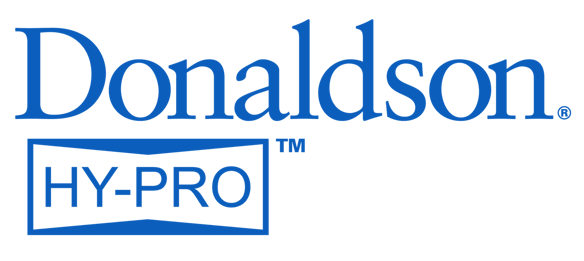Do you know what the 3 different types of water contamination are? What about the 4 methods to remove water from your fluid? Watch our short video for a thorough explanation of each.
Video Transcript
Hi my name is Scott Howard with Hy-Pro Filtration. Today we will be speaking about water contamination in oil and four different types of water removal methods.
We’ll start first with water contamination. Dissolved water is the first contamination you will see in oil. As water enters a system, oil has a capacity to dissolve water into itself. Once it reaches saturation, then free water begins to form in the system. In the system, free water can be blended with the oil to create what’s called an emulsification. So that is emulsified water. So it starts with dissolved water, and then once you reach saturation you have free water in the system, then emulsified that can be formed from blending.
Now we’ll talk about the four different methods to remove water from oil. We’ll start with water-absorbing filter elements. Water-absorbing filter elements can remove free water and a small portion of emulsified water. Water-absorbing filter elements have the advantage of being cheap up front but the disadvantage is you create a product that needs to be thrown away. As your filter element or your spin-on canister fills up with free water, it reaches a point where you have to remove it and throw it away.
The next is the headspace dryer. The headspace dryer removes all free water, all emulsified water and a portion of the dissolved water. The way it works is as the air, the super dry air, is sent across the top of the oil level, the oil that is wetter than the air tries to reach equilibrium and will release the water into the air and then the air is exhausted out the end, out the reservoir.
The disadvantage of the headspace dryer is it cannot be used in hydraulic systems where oil level changes rapidly. This would render the slow air purge across the top of the headspace ineffective as it draws in wet air from the outside environment.
Next, we will talk about coalesce technology. Coalesce technology will only address the free water contamination and a small amount of emulsified; will not address dissolved water at all. So coalesce technology is limited to free water but it is also limited to certain types of oils that do not have aggressive additive packages, such as anti-wear or extreme pressure.
Examples of oils that you can use coalesce technology is turbine oil, compressor oil, paper machine lube oil and diesel fuel. Those are four examples.
Next, we’ll talk about vacuum dehydration. Vacuum dehydration removes all free water, all emulsified water and over 90% of the dissolved water in your system. Vacuum dehydration can also be used on any oil, regardless of additive package or the type. For example, all synthetics, all mineral oils, polyalkylene glycols any type of oil like that that is not water-based you can attach a dehydrator to, including heavy oils like gear oils.
To review, water-absorbing filter elements will remove free water only and are able to be used on any type of oil. The negative is you produce a consumable product to be thrown away. Headspace dryers can be used on any product, any oil. It’s limited to reservoirs that do not have a rapid change of level. Coalesce technology is limited to free water removal only and only for products that do not have an aggressive additive package. Then vacuum dehydration -- the negative is the upfront cost; the advantage is it removes all free water, all emulsified and over 90% of the type of oil or viscosity that you are doing.







